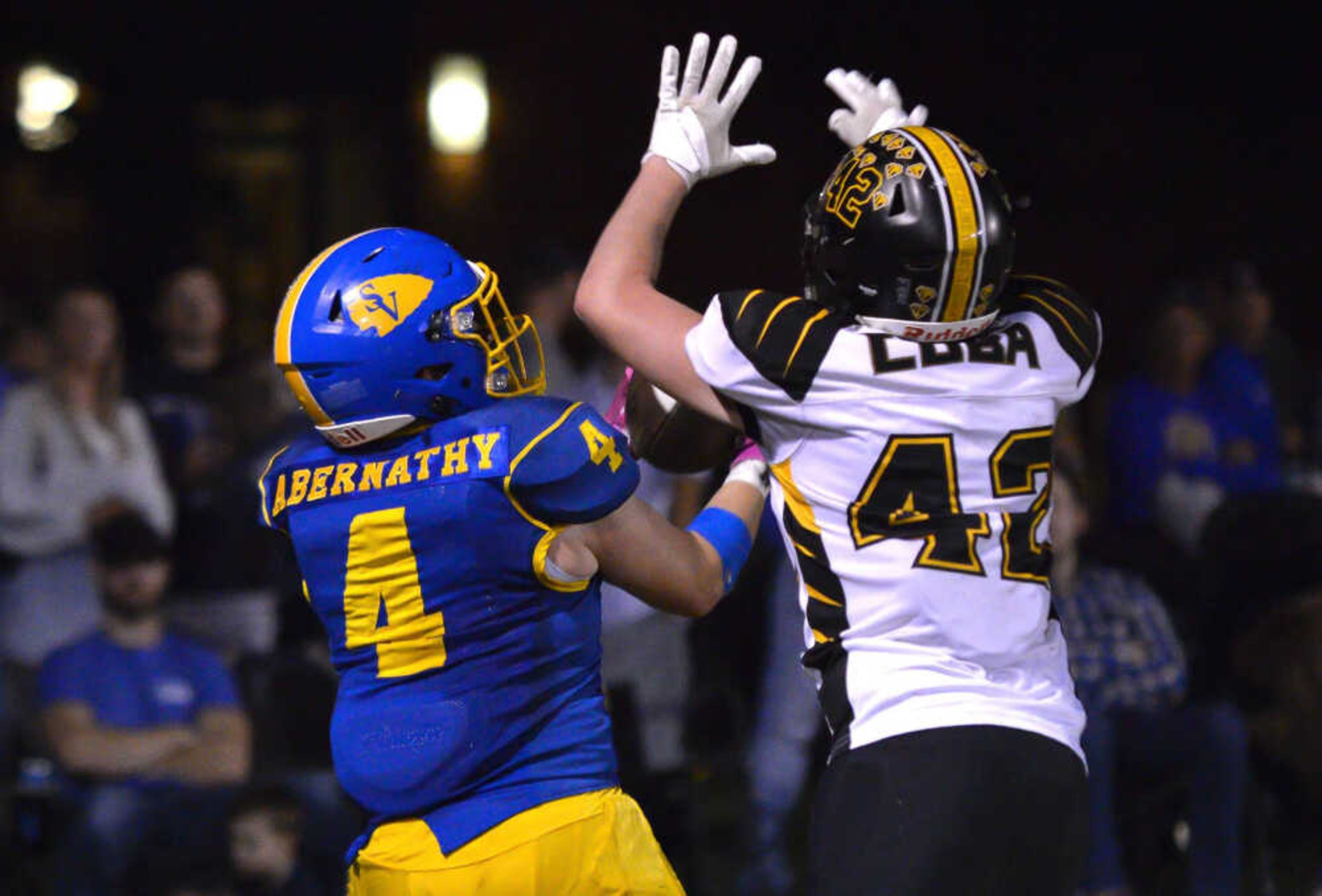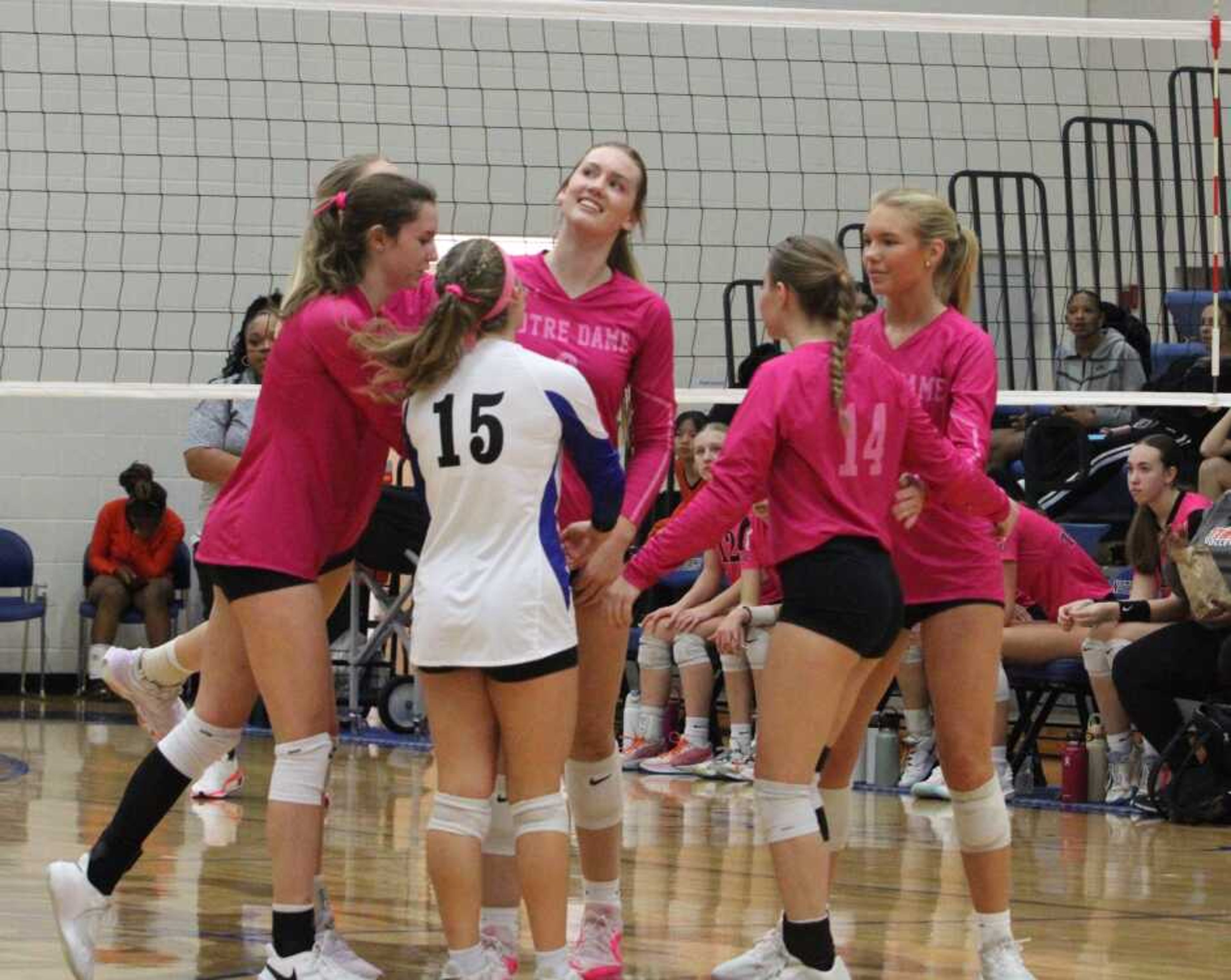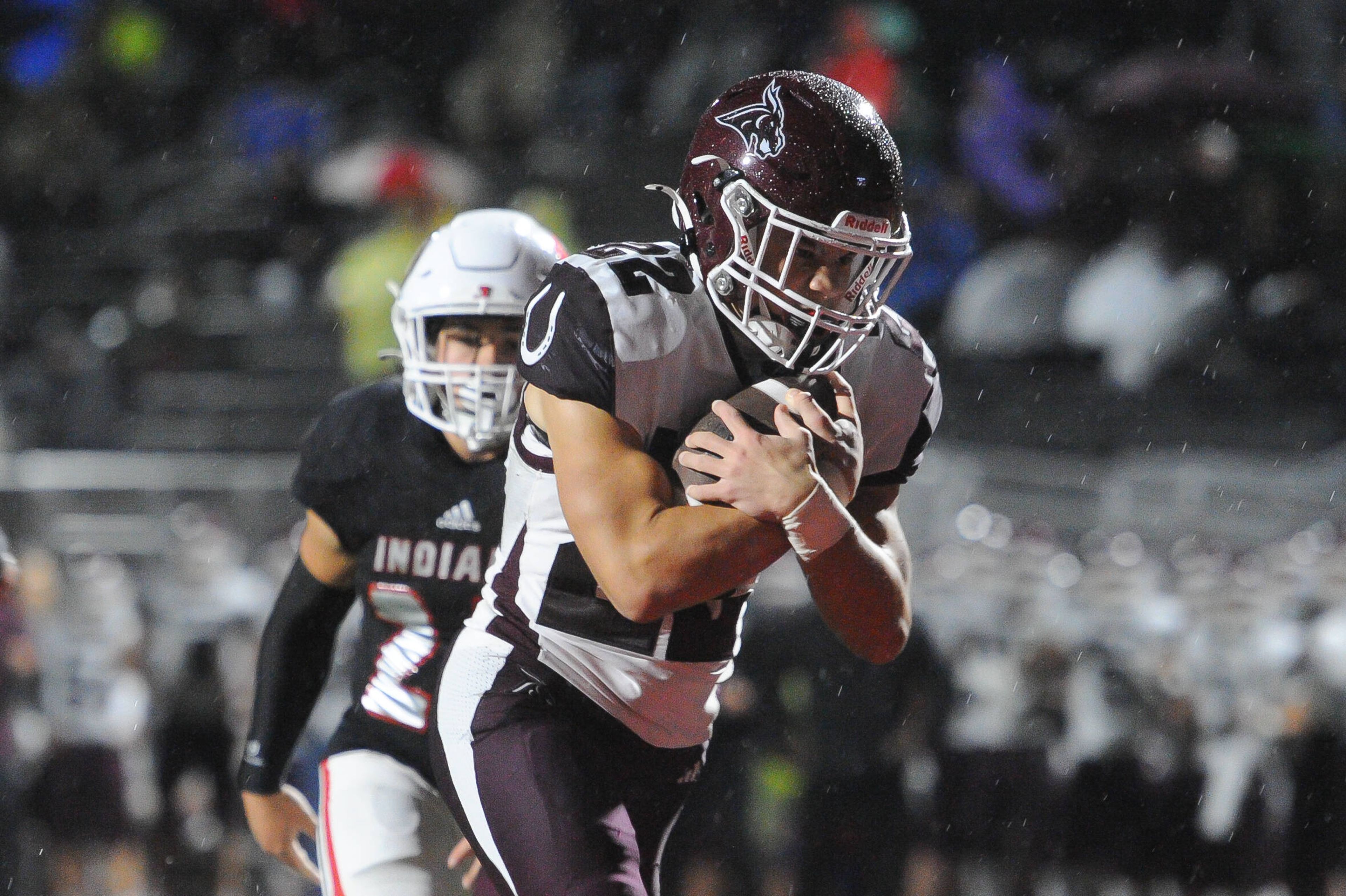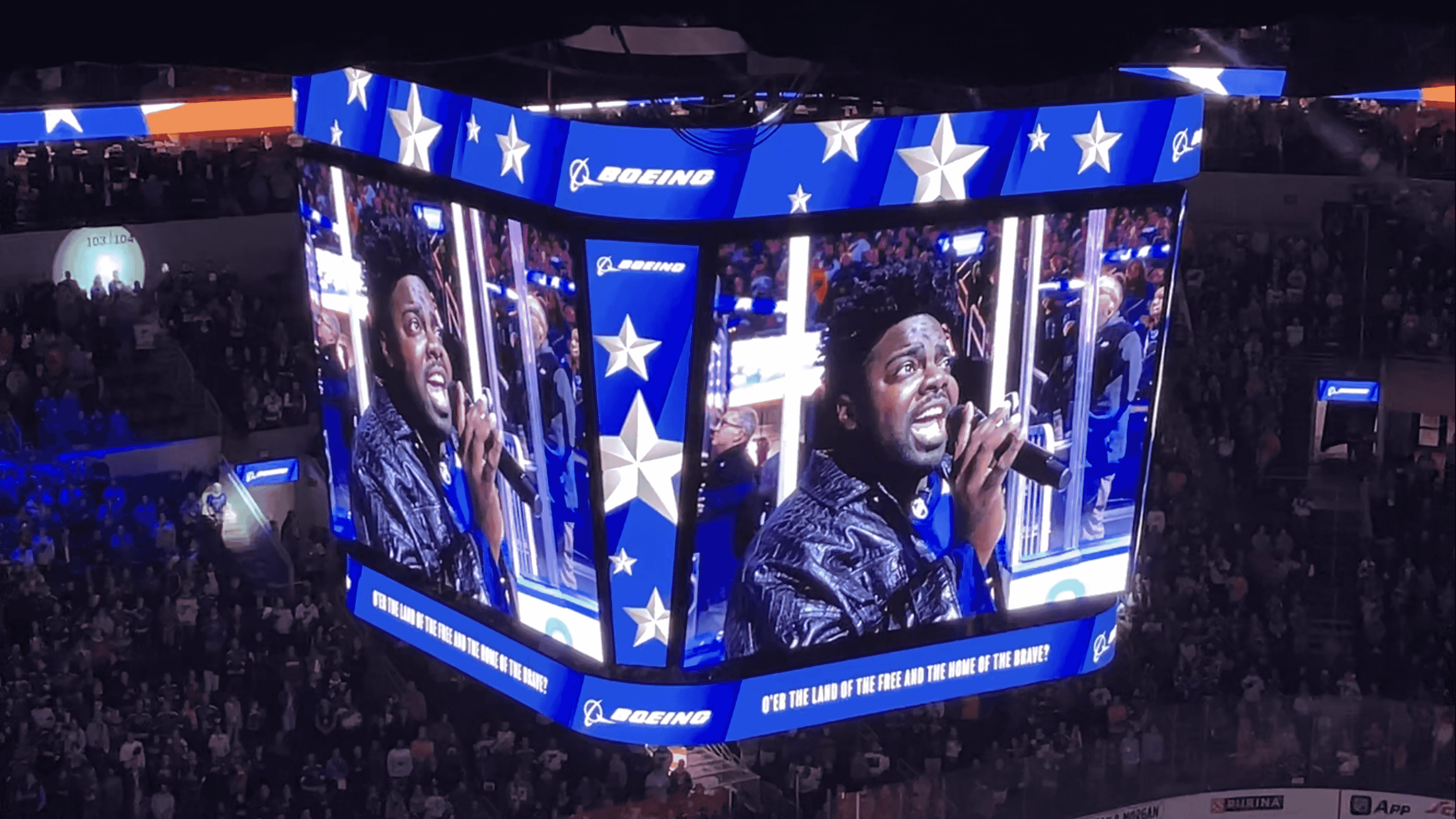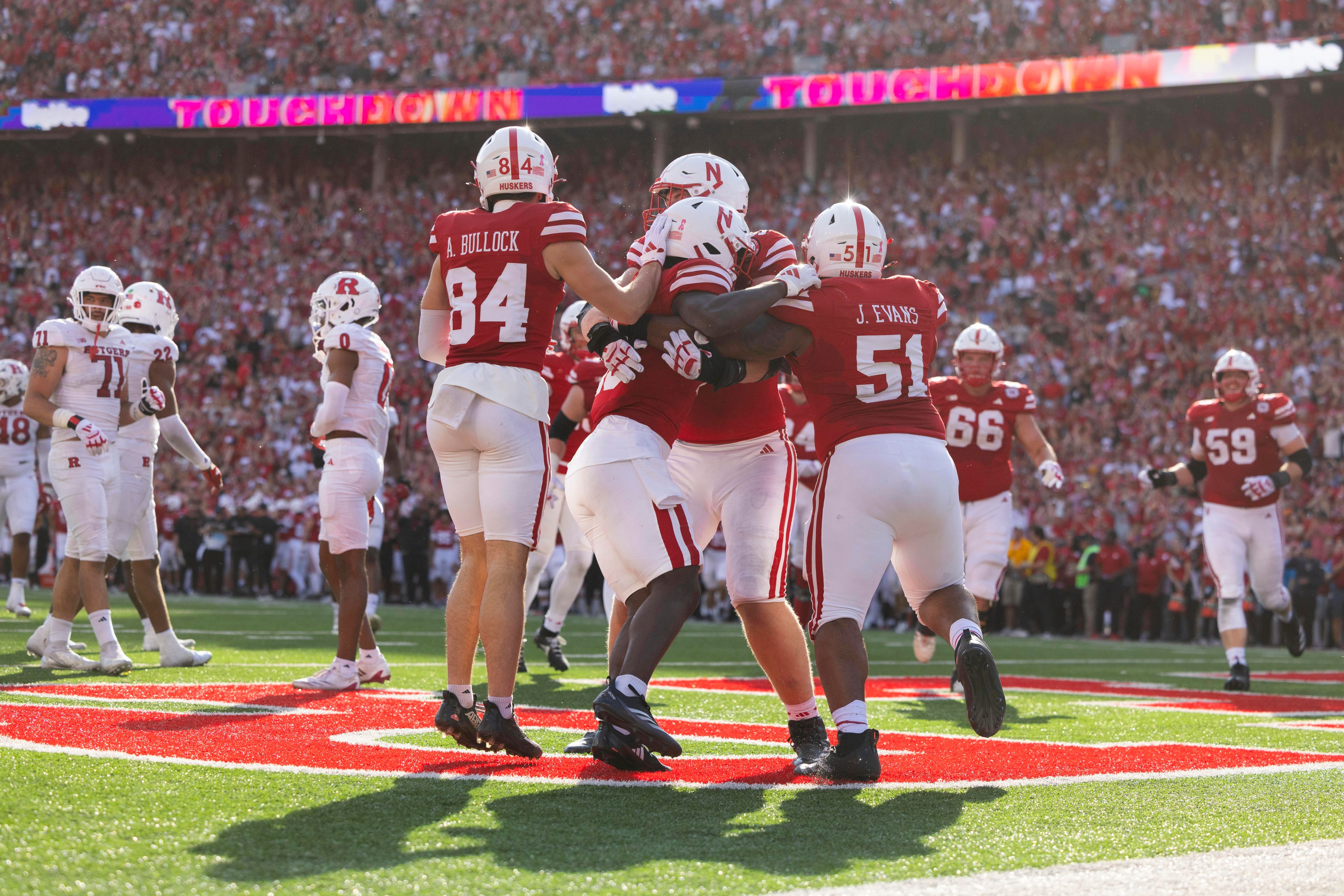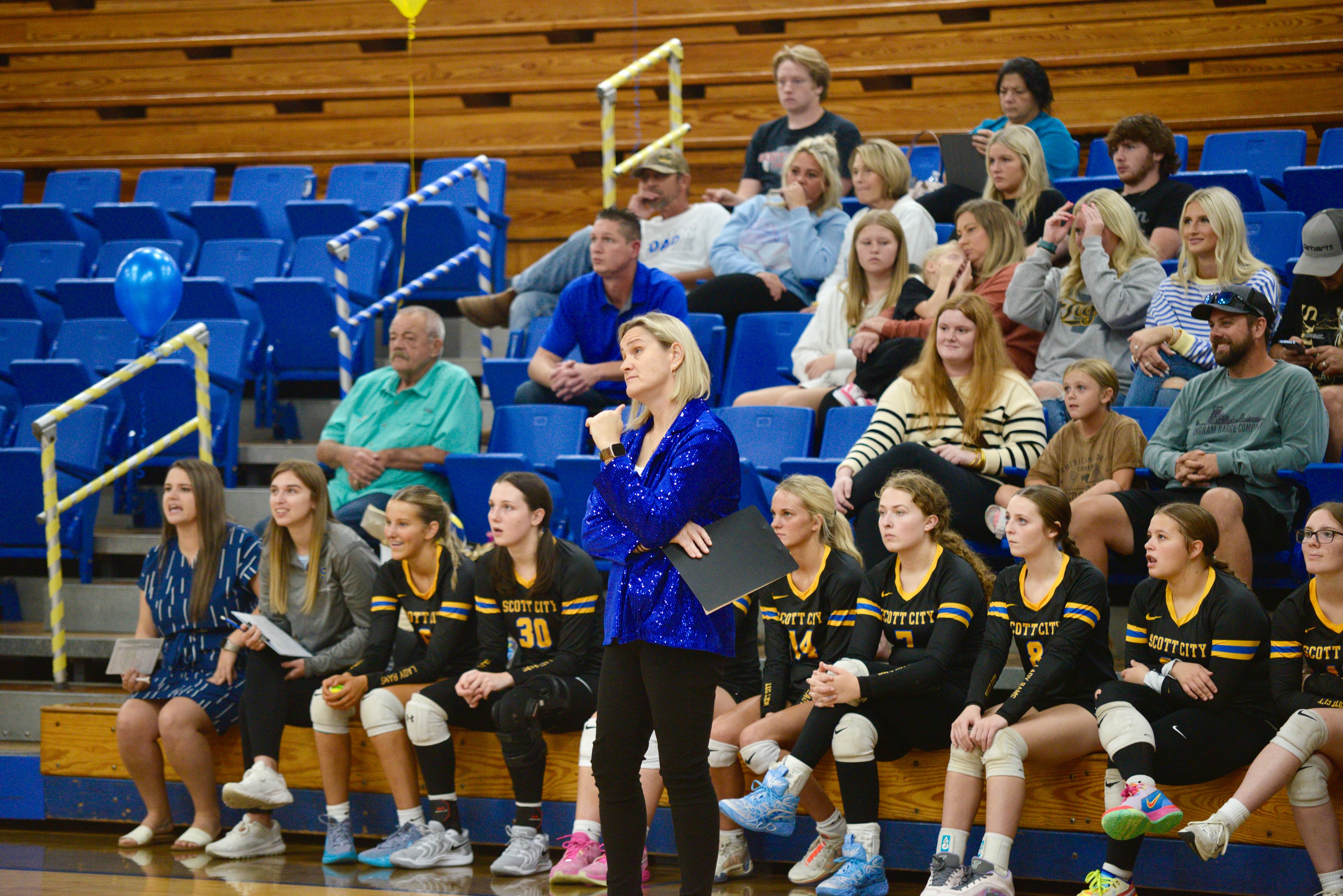Acquisition puts Callaway No. 2 in ball market
When Callaway Golf decided five years ago to get into the golf ball business, its primary options were to build a plant or buy another company. It wound up doing both, although at a steep cost. With its golf ball operations losing more than $20 million a year, shareholders getting antsy and rumors swirling that the plant would be shut down, Callaway went back to Plan B this month by purchasing the assets of Top-Flite Golf Co. for $174.4 million...
When Callaway Golf decided five years ago to get into the golf ball business, its primary options were to build a plant or buy another company.
It wound up doing both, although at a steep cost.
With its golf ball operations losing more than $20 million a year, shareholders getting antsy and rumors swirling that the plant would be shut down, Callaway went back to Plan B this month by purchasing the assets of Top-Flite Golf Co. for $174.4 million.
When the auction between Callaway and Taylor Made ended Sept. 4 with 33 bids over 15 hours, and the deal was approved 11 days later by a bankruptcy judge, Callaway was finally poised to become a player in the golf ball business.
"This positions us to compete with Titleist," said Ron Drapeau, chief executive officer of Callaway.
Titleist, the No. 1 ball in golf for more than a half-century, still has about 50 percent of the market with its Titleist and Pinnacle brands. Callaway, struggling in the single digits, leaps into the mid-20s by acquiring the Top-Flite brands.
Every other ball company -- Nike, Precept, Maxfli, Wilson -- remains in single digits.
"That makes us the No. 2 player, and we think we can grow that," Drapeau said. "We made a major jump in separating ourselves from the marketplace."
Callaway also becomes the No. 1 equipment manufacturer. It picked up Top-Flite and Hogan clubs to go along with its successful line of drivers and fairway metals, irons, wedges and Odyssey putters.
Exactly where Callaway is headed with its newly acquired brands is not clear. The company suddenly has three golf ball plants and two club assembly plants and must figure out what to do with them.
Of more immediate concern is becoming profitable in the golf ball business, which has been a nightmare since Callaway broke ground in 1998 on a $170 million golf ball plant in Carlsbad, Calif.
"It's a big market, we're not in it, and there's room for somebody to do a better job," founder Ely Callaway said in 2000 as the first Callaway "Rule 35" ball was about to be launched.
Instead, Callaway ran into production problems at the onset, and it did not have a large enough market share to produce mass quantities of the golf ball for less money.
"What's been holding us down has been challenges in the golf ball business," Drapeau said. "This acquisition gives us a solution to eliminate our losses."
Top-Flite had $226 million in sales last year. Caloway also has access to Top-Flite's intellectual properties and patents, which could prove to be a boon.
"This is a key strategic purchase for Callaway given Top-Flite's ball patents, golf ball volume and established brands," analyst Tim Conder said in a report for A.G. Edwards.
Callaway now has four premium balls -- its own Hx and CTU brands, plus Strata and Hogan Apex Tour. Drapeau said the Hogan Apex Tour would remain in production for at least another year, although he was not clear about the future of Strata, which is used by U.S. Open champion Jim Furyk.
More of the focus will be on Top-Flite, a distance ball enjoyed by the recreational players.
"While they are the low-cost producer, they were highly leveraged with debt since 1996, and that drew away from their marketing, advertising and promotion money to support the brand," Drapeau said. "Top-Flite was undernourished for a number of years.
"We're going to be able to grow the brand. They were not able to do that."
Callaway plans to keep most of the Top-Flite employees in Massachusetts and in Fort Worth, Texas (Hogan operations), and it is keeping most of the PGA Tour players who used the Top-Flite brands.
There are three exceptions.
Lee Trevino is the only player who will be kept on to promote Top-Flite, so Callaway will not take the contract of D.A. Weibring. It also is eliminating Weibring's son, Matt, who has no status on tour.
Callaway also is dumping Colin Montgomerie, who spurned Callaway last year to sign with Hogan.
Payback? Callaway will never call it that.
"He just hasn't been with them long enough to establish himself as a spokesperson for the Hogan brand," Callaway spokesman Larry Dorman said.
The Hogan clubs present an interesting scenario.
Callaway is the fifth owner of the Ben Hogan Co. since 1985. The Hogan forged blades fit a niche for Callaway, which is known for its game improvement features such as offset clubs with cavity backs that are more forgiving.
On the other hand, the forged blade market is small and not very profitable.
"We can compete against Mizuno and others that elect to make a forged blade, but it will never be a good market," Drapeau said. "It's all part of our jigsaw puzzle."
There is no mistaking the main piece of that puzzle.
Callaway has been losing gobs of money making golf balls. It emerged a successful winner at auction, and is now firmly positioned at No. 2.
It's way ahead of everyone else -- "This puts a big hurt on them," Drapeau said -- but still has a long way to go to catch Titleist at No. 1.
"It's a big gap," Drapeau said of Titleist. "They have a great brand and they run a quality business. They will be a formidable opponent for a long time."
Connect with the Southeast Missourian Newsroom:
For corrections to this story or other insights for the editor, click here. To submit a letter to the editor, click here. To learn about the Southeast Missourian’s AI Policy, click here.
